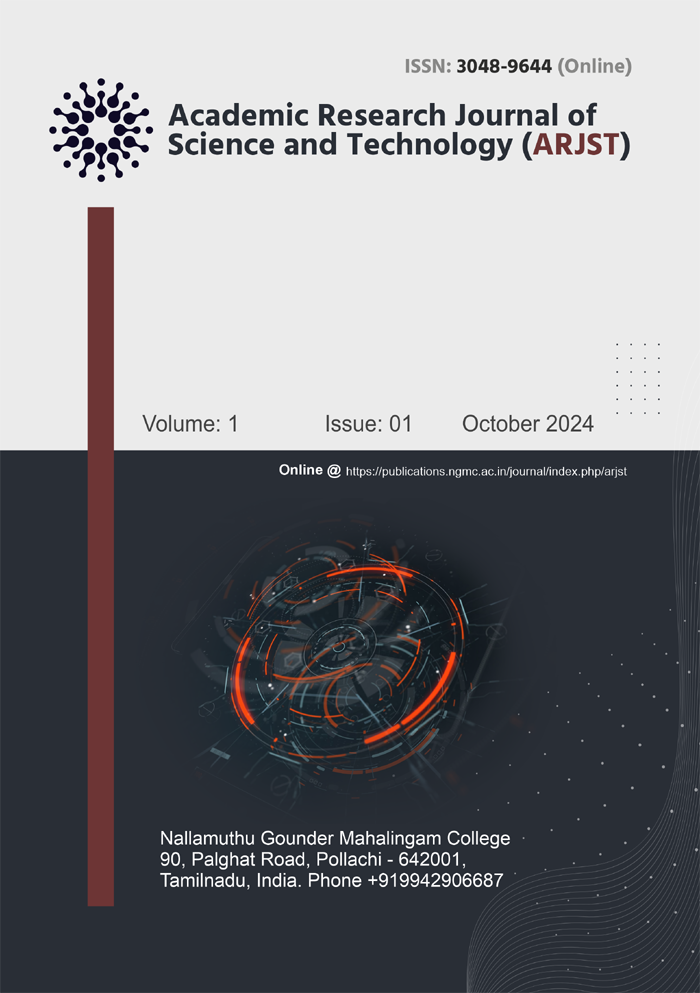The Future of Trash: Revolutionizing Waste Management with Intelligent Systems
Dr. K. Haridas*, 2. Mr. P. Ganesh** * Associate Prof. and Head, Department of Computer Applications Nallamuthu Gounder Mahalingam College, Pollachi, Tamil Nadu, India ** Assistant Professor, Department of Computer Science Sri Vidhya College of arts and science, Virudhunagar, Tamil Nadu, India
Keywords:
- Biodegradable, Non Biodegradable, TensorFlow, Image ClassificationAbstract
In the present days, the public are providing much waste in and around their houses. The waste can be categorized as biodegradable and non biodegradable. The biodegradable wastes are those degrade or break down naturally. Material such as plants, fruits, vegetable, animals, flower and paper are fall under biodegradable waste that can be used to generate energy and fertilizer for plants. At the same time the items such as rubber, plastic, chemicals and plastic are fall under non biodegradable waste that can be recycled to produce new items. At present the municipality has placed three different types of dustbin such as red, green and blue. The red dustbin is used to collect household wastage, green dustbin is to collect recycle material and blue dustbin for degradable material and dry garbage. The public needs to place the waste in corresponding dustbin which can’t be monitor. To overcome this problem the image classification algorithm is applied using TensorFlow in executing digital image processing to find the corresponding champers for waste collection.
Downloads
References
⦁ Shamin N, Fathimal M, Raghavendran R, “Smart Garbage ⦁ Segregation⦁ HYPERLINK "https://www.amazon.in/Learning-AWS-responsive-applications-components/dp/178728106X/ref=sr_1_3?s=books⦁ &⦁ ie=UTF8⦁ &⦁ qid=1541671768⦁ &⦁ sr=1-3⦁ &⦁ keywords=aws"
⦁ Pardini K, Rodrigres J.P.C, Kozlov A, “IoT Based Solid Waste Management Solutions: A Survey”, Journal of Sensor and Actuator Networks, January 2019.
⦁ Zheng P, Xu S, Xindong, “Object Detection with Deep Learning: A Review”, IEEE Transactions on Neural Networks and Learning Systems, January 2019.
Downloads
Published
Issue
Section
License
Copyright (c) 2024 Dr. K. Haridas, M.C.A., M.Phil.,Ph,D. (Author)

This work is licensed under a Creative Commons Attribution 4.0 International License.


